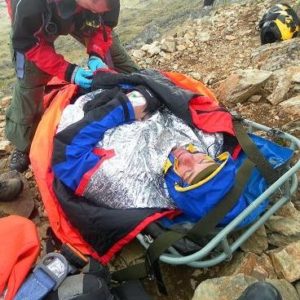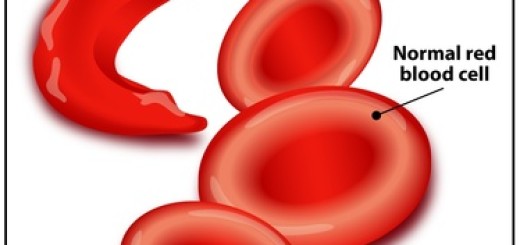What are the causes of Hypothermia?
Hypothermia is the lowering of core body temperature to 35°C (95°F) or below. This is an important medical emergency for first aiders and first responders to recognise.
Commonly encountered causes of hypothermia include:
 overwhelming cold stress, such as immersion in icy water
overwhelming cold stress, such as immersion in icy water- metabolic diseases, for example hypoglycaemia, adrenal insufficiency or hypothyroidism
- drugs, including alcohol, antidepressants, sedatives or tranquillisers
- burns
- malnutrition
Maintaining a normal body temperature depends on the ability to lose heat to the environment at the same rate as it is produced by the body. In normal individuals, body temperature regulation is usually very effective.
Exhaustion reduces the effectiveness and when exposed to extremes of cold for a period of time, especially under huge physical effort, hypothermia is often encountered.
Heat can be transferred from the body to its surroundings in four ways:
- Conduction is the heat exchange that occurs when the body is in direct contact with a cold material. At rest, about three per cent of the body’s heat is lost via conduction to solid materials in contact with the body, for example a chair or clothing;
- Convection is the transfer of heat by movement of a gas or liquid. At rest, about 15 per cent of the body’s heat is lost to the air by conduction and convention. The ‘wind-chill’ effect can double heat loss;
- Radiation is the transfer of heat in the form of infra-red radiation. In a room at 21°C about 60 per cent of the body’s heat occurs via radiation in a resting person;
- Evaporation is the conversion of a liquid to a vapour. Under normal resting conditions, about 22 per cent of heat loss occurs through the evaporation of about 700 ml of water per day, 300 ml in exhaled air and 400 ml from the skin surface.
Because the elderly have reduced metabolic protection against a cold environment coupled with a reduced perception of cold, they are at greater risk for developing hypothermia. Young babies, because of an undeveloped thermoregulatory centre, and people involved in outdoor activities are also at high risk of hypothermia.





